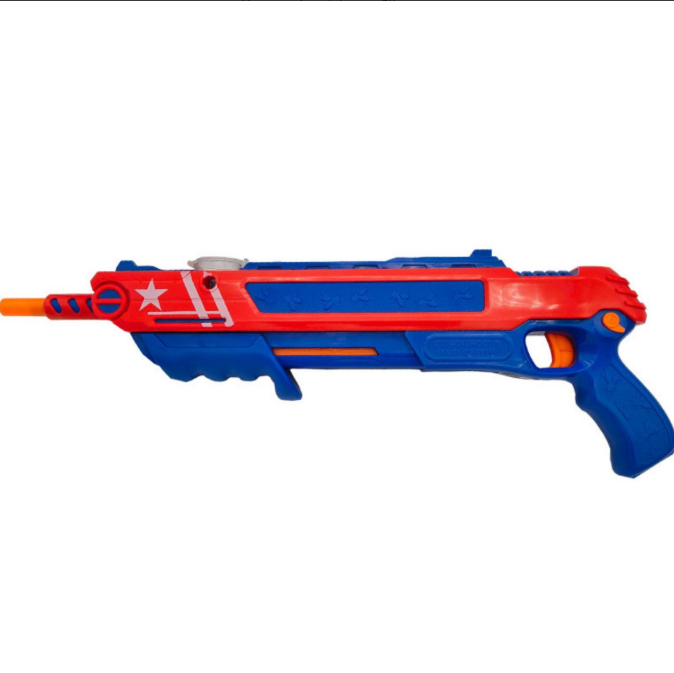Typical effective range:
-
Optimal (accurate & lethal on flies): ~1–2 metres (3–6 ft).
-
Usable (still effective but less accurate): ~2–3 metres (6–10 ft).
-
Maximum (sporadic hits, not reliable): ~3–4 metres (10–13 ft).
Why those ranges?
-
Salt is tiny and lightweight. It loses velocity quickly in air, so it needs relatively short distances to transfer enough energy to stop a fly.
-
Dispersion: The salt stream fans out with distance, so shot density (grains per cm²) drops fast — fewer grains hit the target beyond ~2 m.
-
Aiming & device power: Pump/spring strength, nozzle shape, and build quality vary by model; higher-quality guns will keep accuracy and range a bit longer.
-
Salt grain size & dryness: Fine table salt gives the most consistent stream. Damp or coarse salt clumps and reduces range/accuracy.
-
Environment: Indoor use (no wind) preserves range; outdoors, even light breeze can deflect the stream and reduce effective distance significantly.
Practical guidance
-
For regular use, plan on 1–2 m as your sweet spot — easy to hit, reliable knockdown.
-
If you want to advertise a “max range” spec on a product page, state both optimal and maximum (e.g., “Effective: 1–2 m; Max range: ~3–4 m, depending on conditions”) so customers know what to expect.
-
Safety note: Don’t fire at people or pets. At close range the salt can sting, and at longer ranges the shot may still hit unintended objects (eyes are vulnerable).
Tips to get the best range
-
Use fine, dry table salt.
-
Keep the gun clean and dry — salt buildup reduces power.
-
Practice aiming at safe targets at 1–2 m to learn your model’s accuracy.
-
Avoid using outdoors in breezy conditions.
